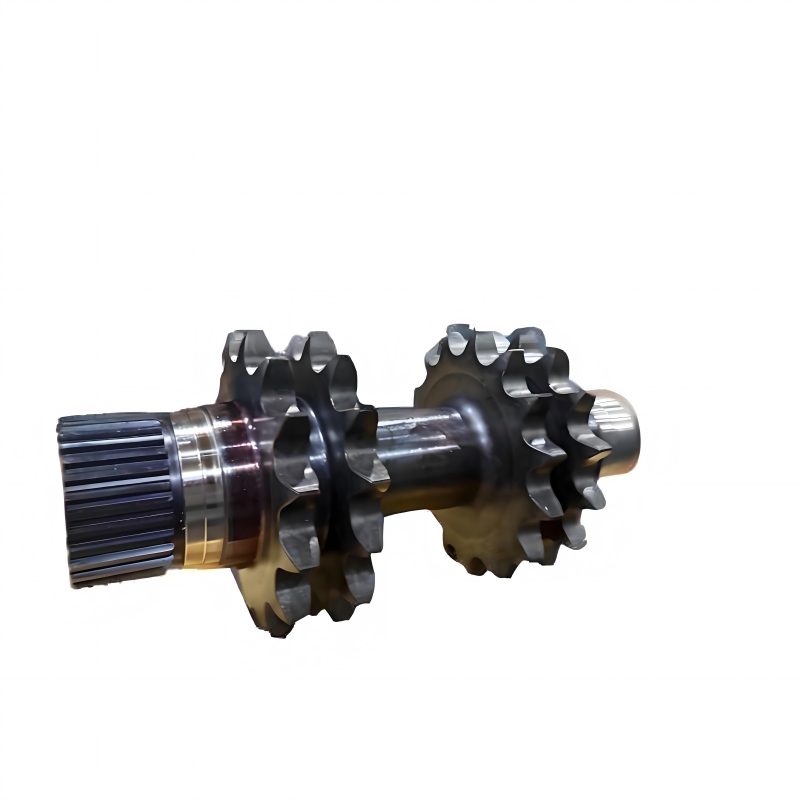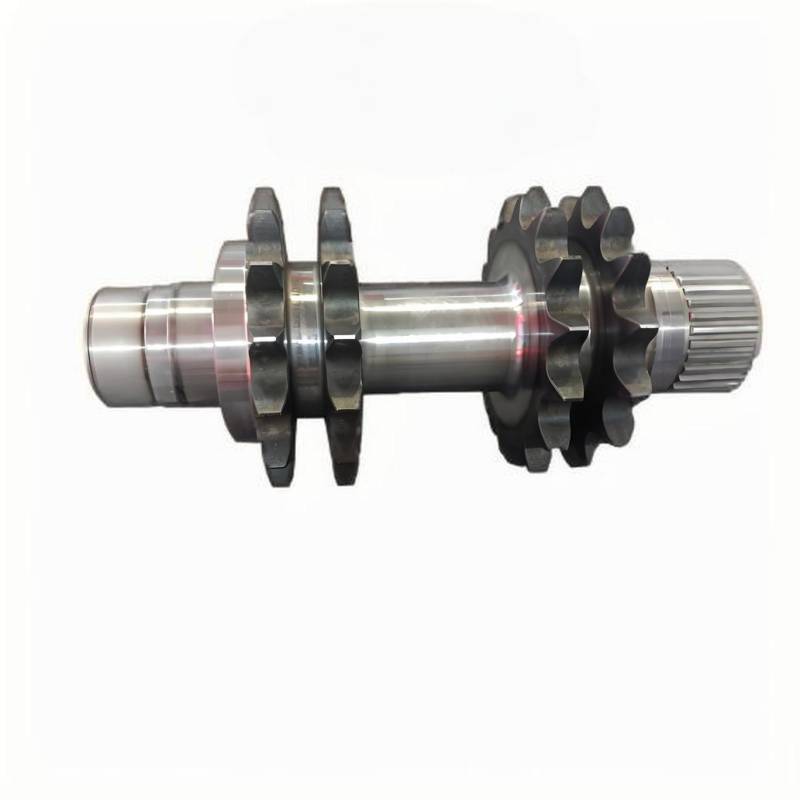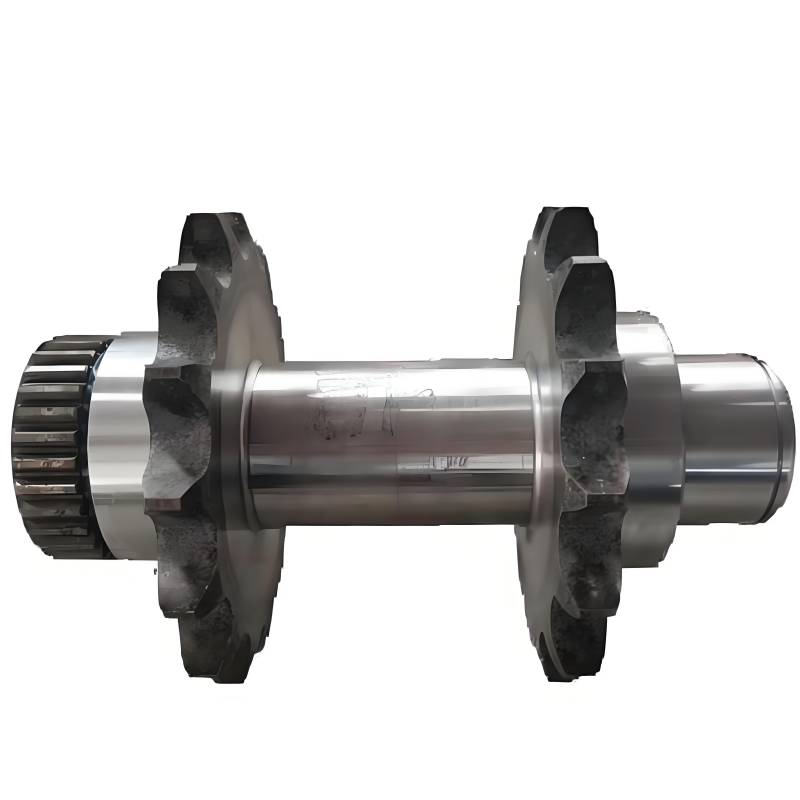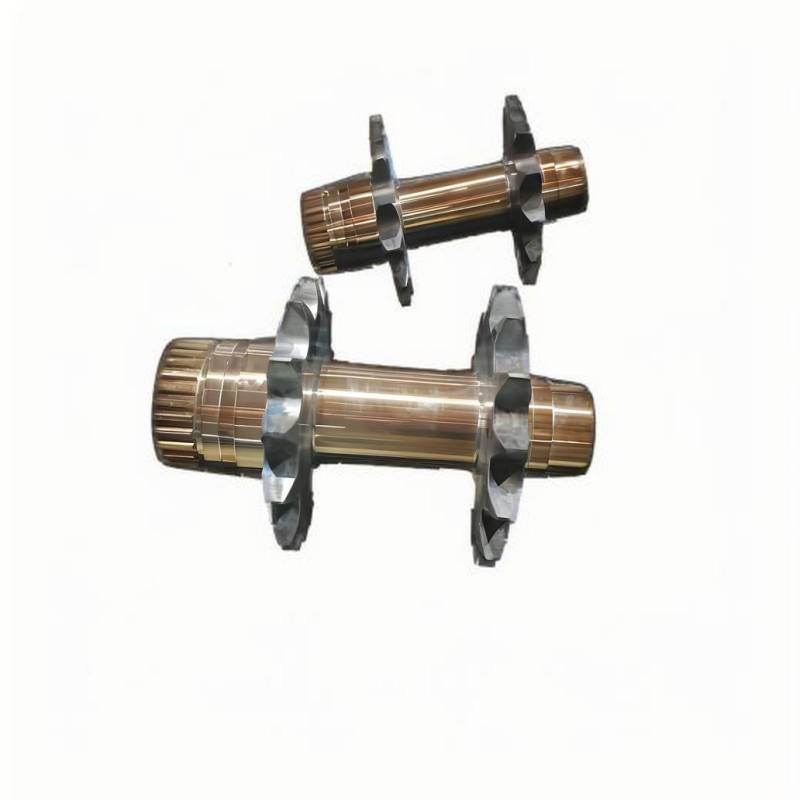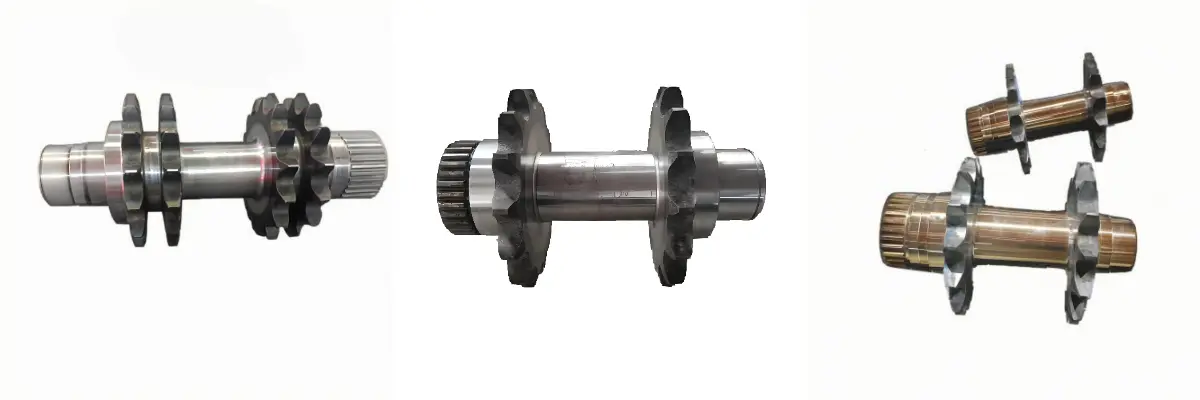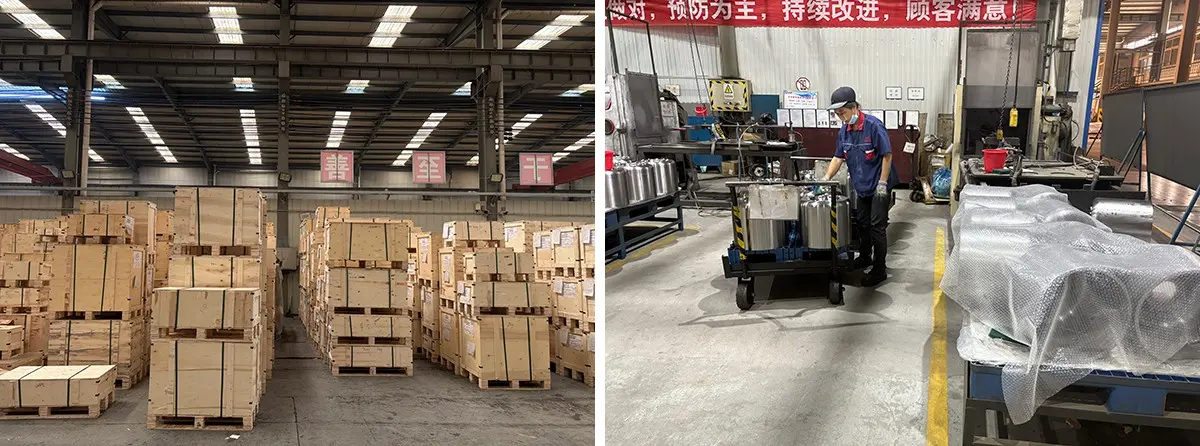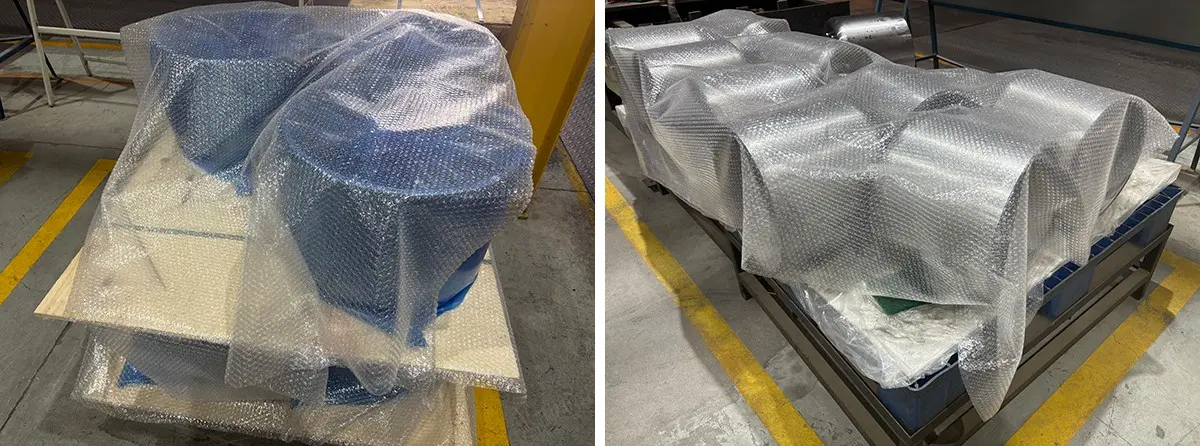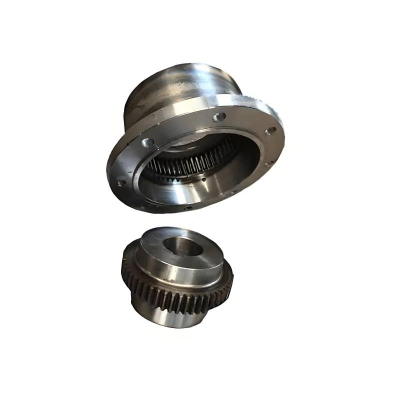Customization Sprocket Wheel
1.Material:42CrMo
2.Machining accuracy:
Excircle: ±0.01mm
3.Mold opening cycle:About 45days
4.Customization: We design and manufacture tailor-made products to your exact technical requirements.
5.Advantages:
Our strict process inspection ensures every product meets defect-free standards.
Streamlined one-stop processing delivers efficiency and cost savings.
From standard to custom, our wide product range solves all your needs.
6.Craft:Forging
Product Introduction:
The sprocket wheel is a critical component in the power transmission systems of the petrochemical industry. Its overall performance is directly linked to the continuity and safety of the production process, serving as a vital link to ensure the secure operation of petrochemical plants. The core function of the sprocket lies in converting the rotational motion of the driving system—such as a motor or hydraulic motor—into the linear or cyclic motion of the chain. This conversion is achieved through the precise meshing of the sprocket teeth with the chain, which in turn drives the operation of load-bearing components like conveyor belts and stirring shafts.
Product Advantages:
Sprockets are typically manufactured from high-strength metals and undergo heat treatment—such as quenching and carburizing—to enhance surface hardness and core toughness. This allows them to withstand large torques and impact forces effectively. With stable and high transmission efficiency, sprockets can adapt to complex working conditions, thus ensuring uninterrupted production. In the petrochemical industry, sprockets have become core components for powering heavy-duty equipment and material conveying, thanks to their advantages including high load-bearing capacity, resistance to harsh environments, high efficiency, compact structure, and easy maintenance. Their performance is directly related to production safety, continuity, and cost-effectiveness, making them indispensable key elements in petrochemical transmission systems.
Production Process:
Raw material inspection→Cutting→Forging→Normalizing→Rough turning→Rough milling→UT→Quenched and tempered→Shot peening→MT→Finished turning→Finished milling→Drilling and Tapping→CMM/GMM→Cleaning packaging
Packaging And Shipping:
Our dedicated team enforces strict quality control protocols for every order. Before shipment, all products go through three key steps:
Thorough cleaning to remove manufacturing residues;
Clear labeling to enable easy identification and traceability;
Application of industrial-grade rust-proof coating for long-term protection.
After these steps, a comprehensive visual inspection is conducted to ensure flawless quality. Finally, the products are carefully packaged and stored in our well-organized warehouse, ready for immediate dispatch.
Company Strength:
The company's senior management has long regarded digital transformation as a strategic priority, consistently exploring and advancing the deep integration of digital technology with operational management. We have fully rolled out online management for critical business processes—including real-time fault feedback, standardized nonconformance review, end-to-end product traceability, and multi-level layered auditing—by building a user-friendly, data-connected digital platform.
This online system streamlines fault feedback by enabling frontline teams to submit issues with photos and details instantly, which are then automatically assigned to responsible personnel, eliminating delays from manual handoffs. For nonconformance review, it standardizes workflows with clear approval nodes and electronic records, ensuring every decision is traceable and aligned with quality standards. The full-process traceability function links data from raw material inbound, production steps to final delivery, allowing quick access to any product’s history in seconds. Additionally, the layered auditing module supports customized audit plans, real-time progress tracking, and automatic report generation, ensuring quality checks cover all operational levels without gaps.
By digitizing these key processes, we have not only significantly boosted the standardization of issue handling but also cut down the average time to resolve problems by over 30%, directly enhancing overall operational efficiency and reinforcing the company’s capability to maintain stable, high-quality operations.

